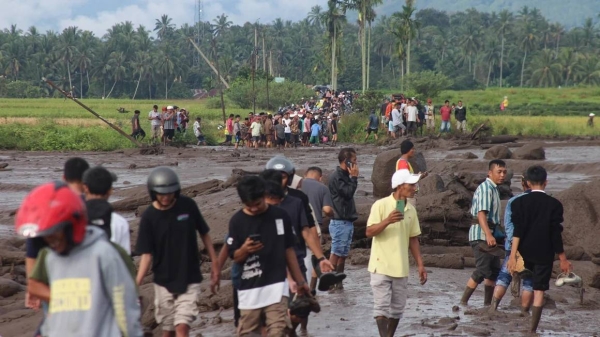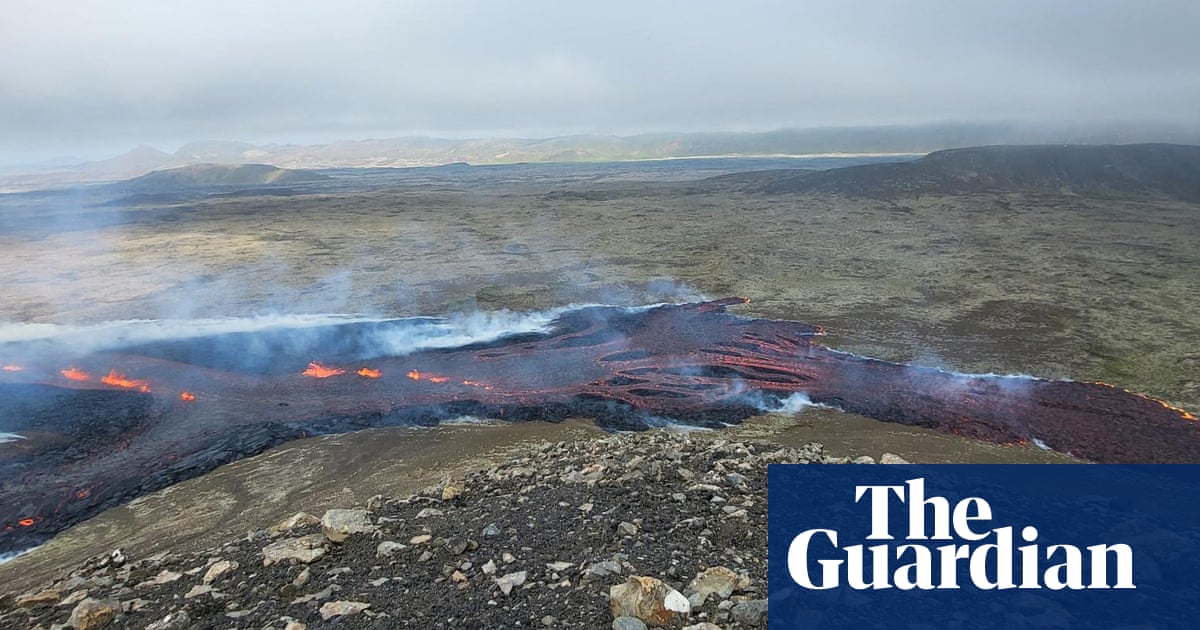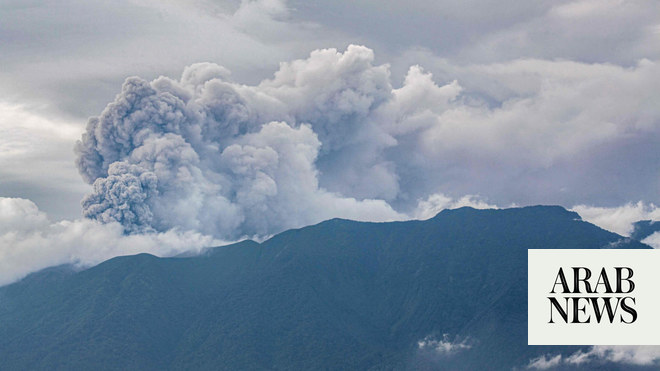
At least 41 people were killed after flash floods and "cold lava" flowing from a volcano hit the western Indonesian island of Sumatra.
Hours of heavy rain on Saturday swept torrents of ash and rocks down Mount Marapi, the most active volcano in Sumatra.
The mudslides inundated two districts, swept people to their deaths and damaged more than 100 homes, mosques and public facilities.
Seventeen people are still missing.
Survivors recounted how they fled as the "cold lava" - a mixture of volcanic material and pebbles that flow down a volcano"s slopes in the rain - flowed towards their homes.
"I heard the thunder and the sound similar to boiling water. It was the sound of big rocks falling from Mount Marapi,” Rina Devina, a 43-year-old housewife from the Agam district told AFP news agency.
“It was pitch black, so I used my cellphone as a torch. The road was muddy, so I chanted ‘God, have mercy’ over and over again,” Ms Devina said.
The mother of three added that a neighbour"s house had been "flattened by big rocks" and four of her neighbours died.
The phrase cold lava is a translation of the term "lahar" in Indonesian and Tagalog. Temperatures range between 0°C and 100°C, according to how they are formed, but are typically below 50°C, according to several academic reports on the phenomenon.
A moving lahar resembles a "roiling slurry of wet concrete" that can grow in volume as it incorporates other debris in its path, said the US Geological Survey.
By Sunday afternoon, rescuers had found 19 bodies in the worst-hit village of Canduang in Agam district and recovered nine other bodies in the neighbouring district of Tanah Datar, according to the National Search and Rescue Agency.
Berliana Reskyka, another Agam resident, spoke of his experiences helping his injured neighbours.
"There were some who were crying, hysterical, because some of their family members were not yet accounted for. There were also those who discovered their loved ones have died," Berliana told BBC Indonesian.
"Flash floods and cold lava mudslides continue to recur and increase in intensity due to excessive exploitation of natural resources and haphazard development," said Wengki Purwanto, the director of the West Sumatra branch of the Indonesian Forum for Environment.
"As a result, disasters repeat themselves every year. In fact, they increase in frequency every year. The distance between one disaster and the next becomes closer," he said.
The area around Mount Marapi has seen several similar disasters in the past six months.
Last 5 December, 23 hikers were killed when the volcano erupted while in February this year, flash floods damaged dozens of homes in the Tanah Datar.
Just last month, days of eruption threw huge clouds of ash - up to a height of 2km - into the sky. Flights in the region were disrupted, roads closed, and more than 11,000 people were told to evacuate.
Marapi translates from the local Minang language to "Mountain of Fire". — BBC











